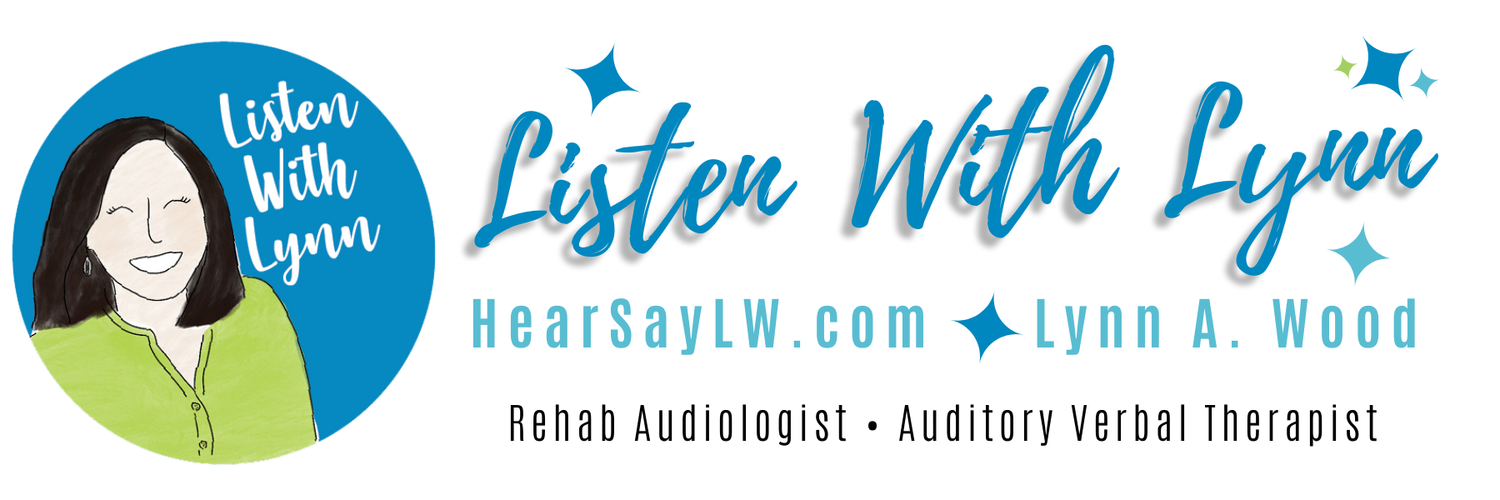I was recently asked to jump into a discussion as an SLP was beginning to work with a family of a 4-month-old who is being fit with a BAHA due to atresia. She asked for suggestions for strategies and where to begin. The first reply was to share music as a way to lay the foundation for listening and spoken language which I second. I jumped in and share that…
I believe modeling reading together with the baby is a powerful way to begin. I love the catchphrase - Read Early. Read Often. I explain that the roots of language are developing in a baby’s brain even before they can talk. Most parents have heard that reading to their child is important but few know exactly why. I like to say that the more words your baby hears over time, the more words they learn. This is simple but helps families connect the dots between reading early and listening and spoken language learning.
I intentionally say this in many different ways so parents are clear that reading together with their baby grows their brain for listening and talking. Each session, I suggest modeling reading and sharing a book while coaching the parents on strategies and also on choosing age-appropriate stories. Hearing First has abundant resources on reading aloud strategies to investigate, incorporate, and share with the parents.
To get started, a few of my favorite books are board books with simple, yet colorful realistic photographs or pictures. I am not a fan of the First 100 Words naming types of books or the only black and white images. Rather, I suggest books with rhythmic language and melody that repeats throughout the book. I love Nursery Rhyme books which contain traditional rhymes, songs, and poems that can be read while rocking or nursing. Some of my early favorites include
Brown Bear, Brown Bear, What do you see?” by Bill Martin Jr.
Goodnight Moon” by Margaret Wise Brown
Hand, Hand, Fingers, Thumb” by Al Perkins.
Moo, Baa, La La La! by Sandra Boynton
Peek a Boo Who by Nina Laden
Ten Little Fingers and Ten Little Toes by Mem Fox
Kitten’s First Full Moon by Kevin Henkes
Everywhere Babies by Susan Meyers
Pat The Bunny by Dorothy Kunhardt
Big Book of Nursery Rhymes by Miles Kelly



